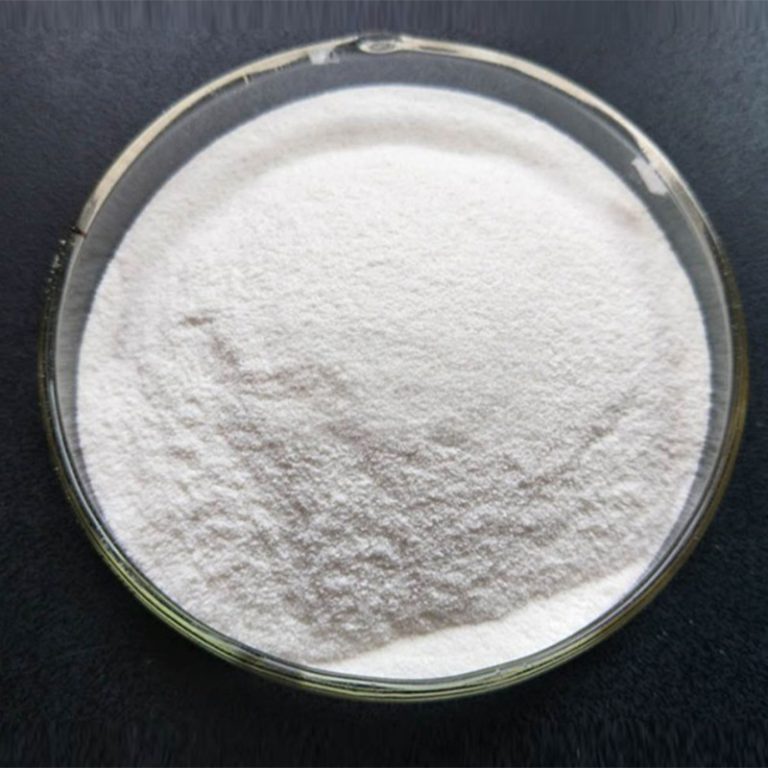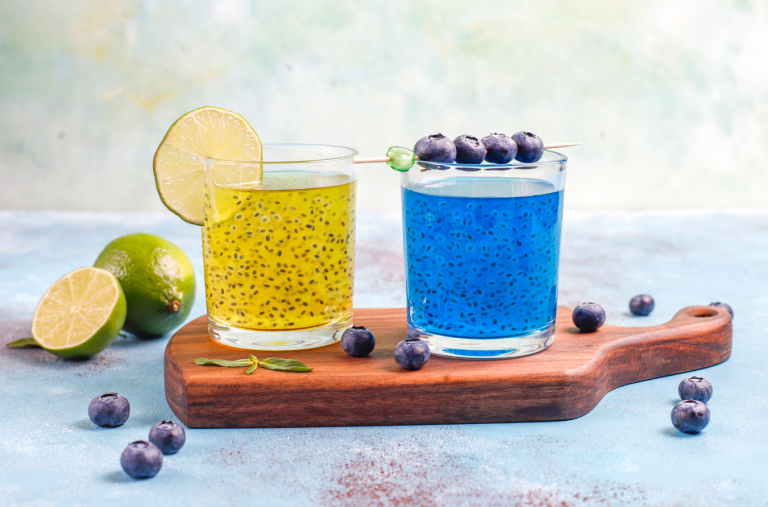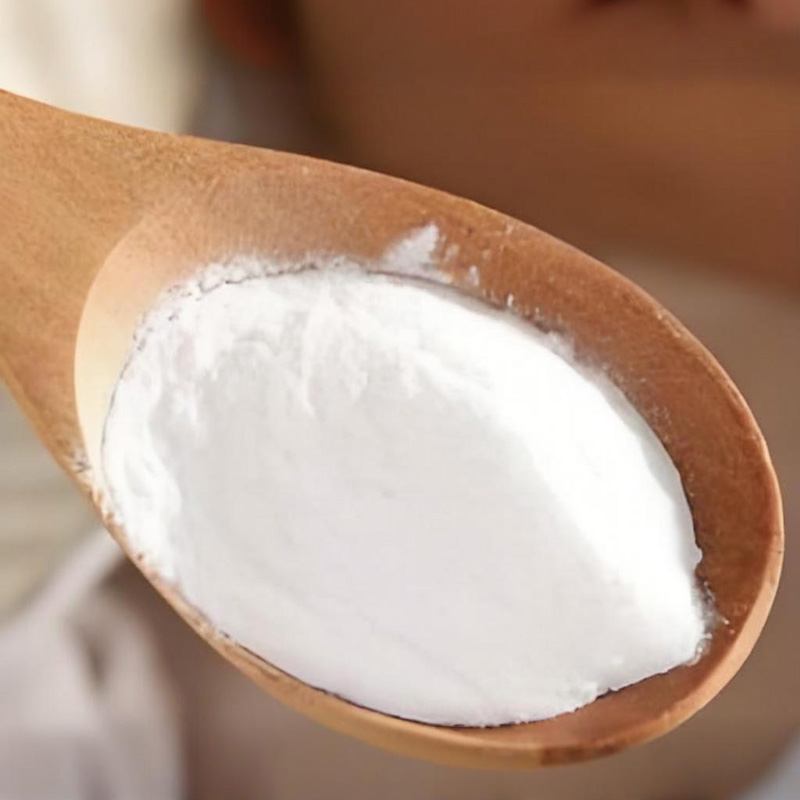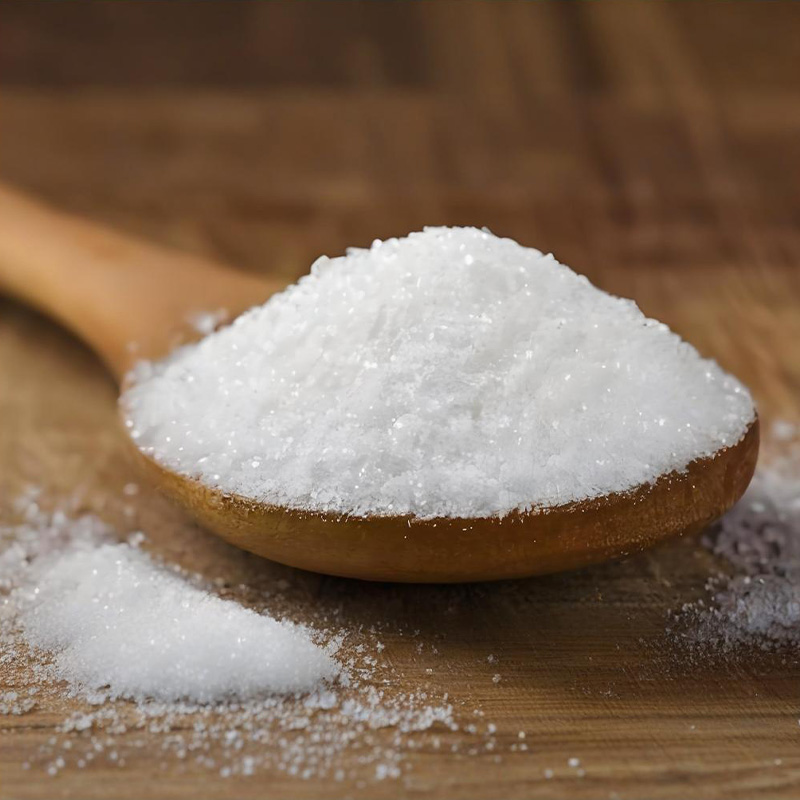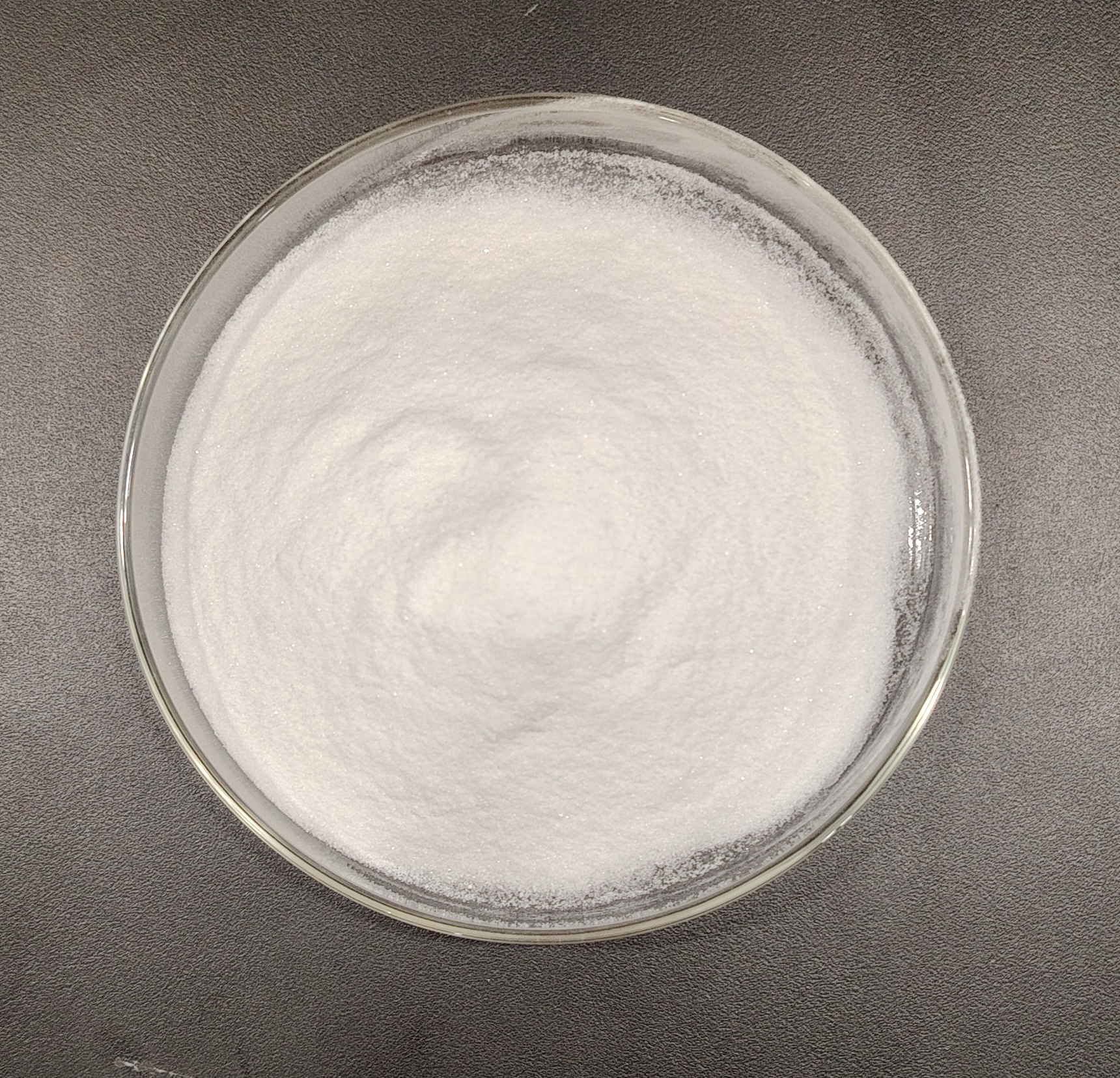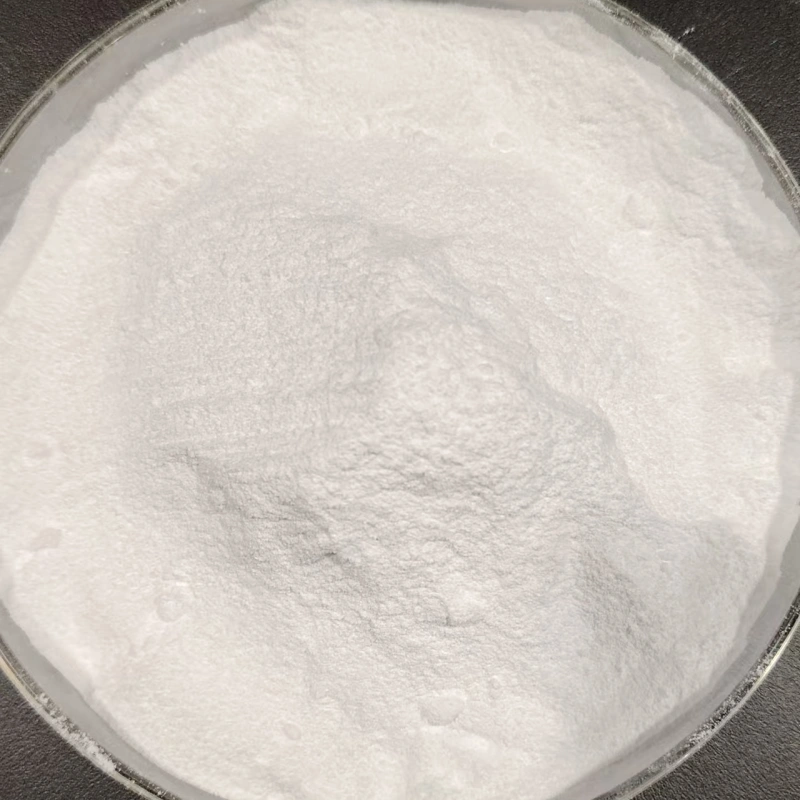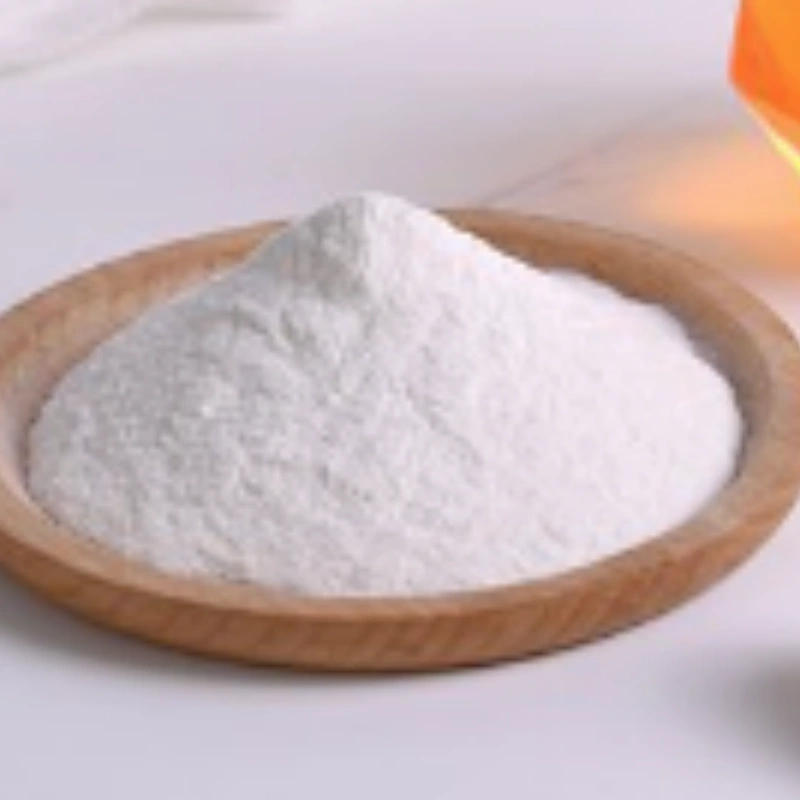Introduction
Agar Agar is a gelatinous substance.Agar Agar is derived from the polysaccharide agarose, which forms the supporting structure in the cell walls of certain species of algae, and which is released on boiling. Agar Agar is actually the resulting mixture of two components: the linear polysaccharide agarose, and a heterogeneous mixture of smaller molecules called agaropectin.
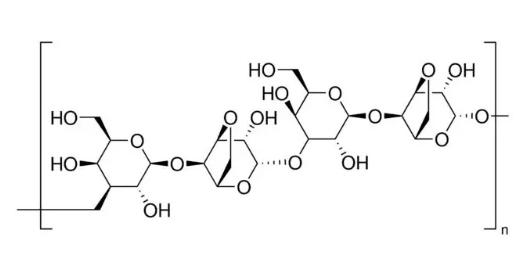
Specifications
|
Items |
Standards |
|
Appearance |
Milky or yellowish fine powder |
|
Gel Strength (Nikkan 1.5%,20℃) |
above 1250g/CM2 |
|
Total Ash |
≤5% |
|
Loss On Drying |
≤12% |
|
Ability of absorbing water |
≤75ml |
|
Residue on Ignition |
≤5% |
|
Lead |
≤5ppm |
|
Arsenic |
≤1ppm |
|
Heavy Metals(Pb) |
≤10ppm |
|
Total Plate Count |
<10000cfu/g |
|
Salmonella |
Absent in 25g |
|
E.Coli |
<3 cfu/g |
|
Yeast and Moulds |
<500 cfu/g |
|
Particle Size |
100% through 80mesh |
Applications
Agar is widely used in jam, yogurt, gummies, desserts, and plant tissue culture medium.
Storage
The products should be handled gently and kept from light, moisture and heat. Do not put it together with poison or contaminants. Tightly sealed, and put in a dry place.

